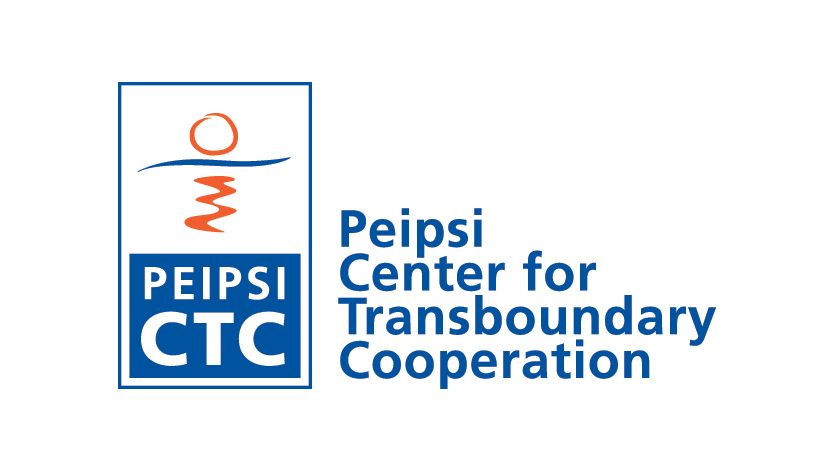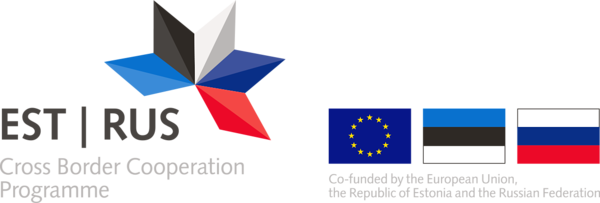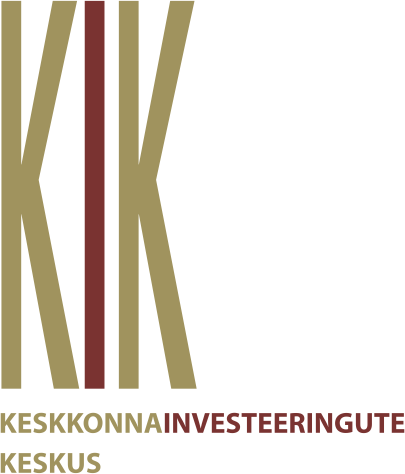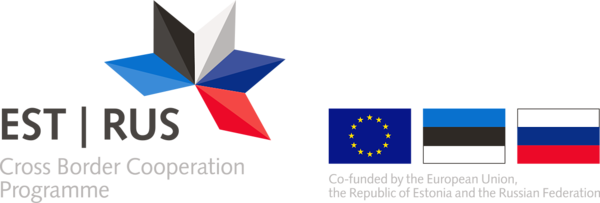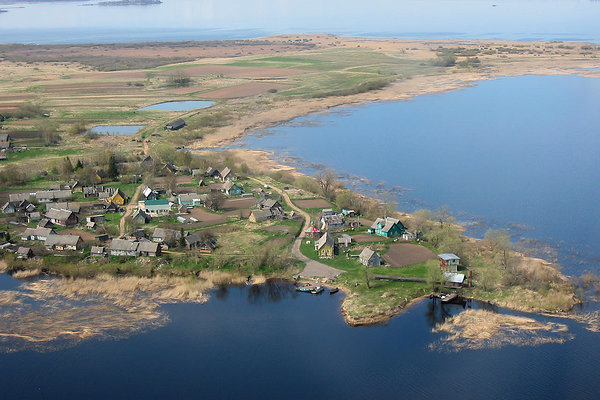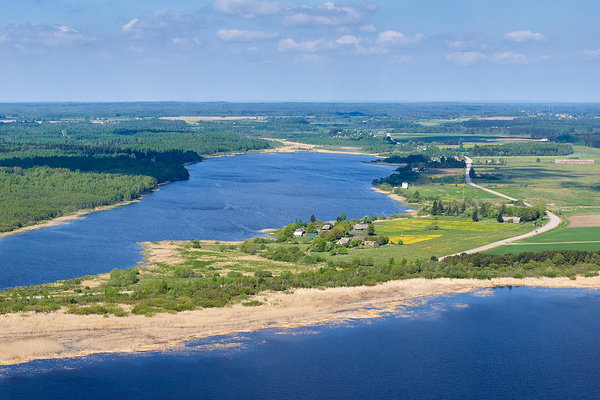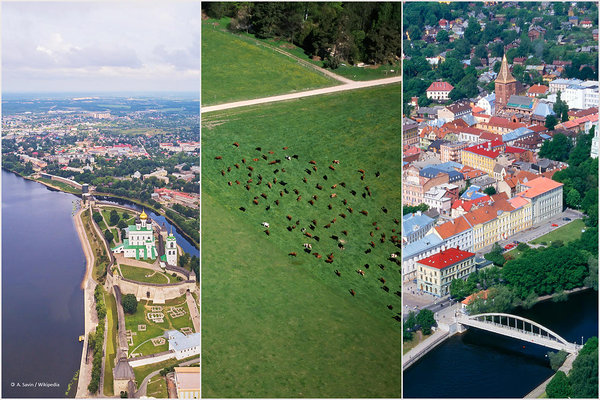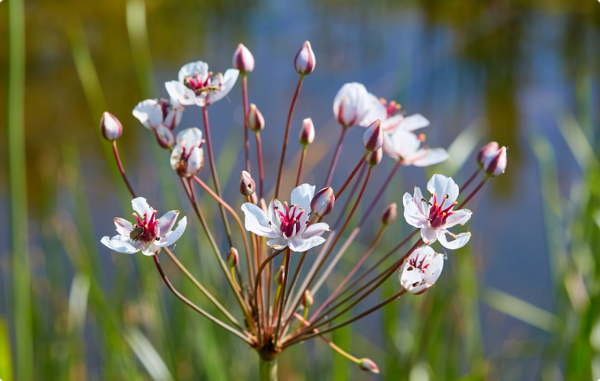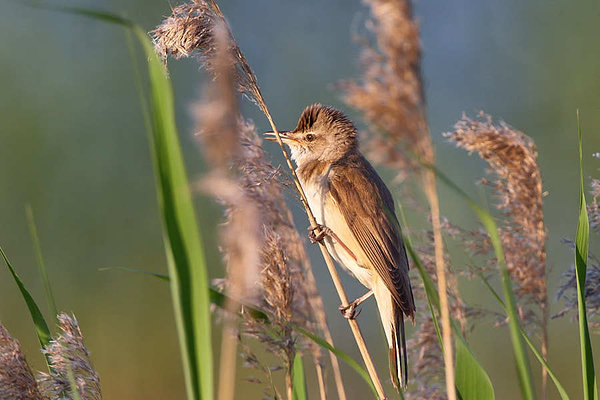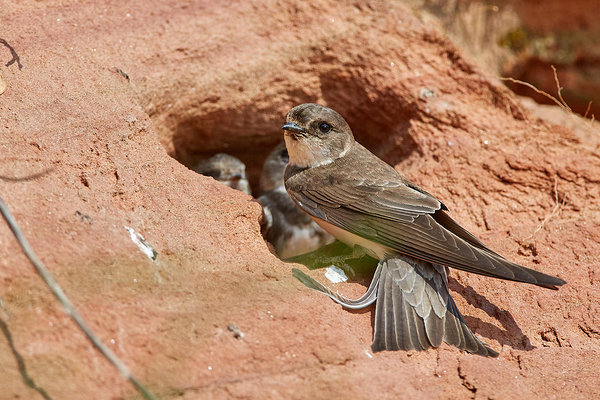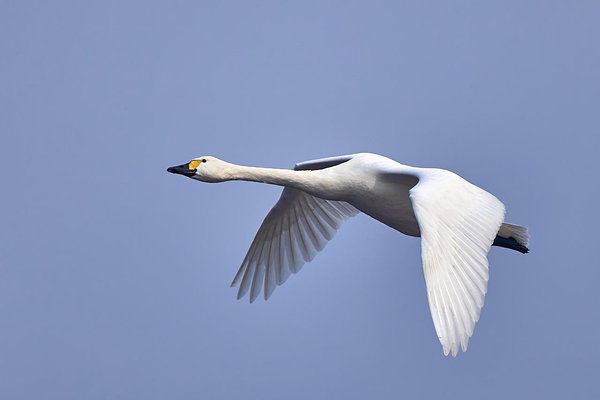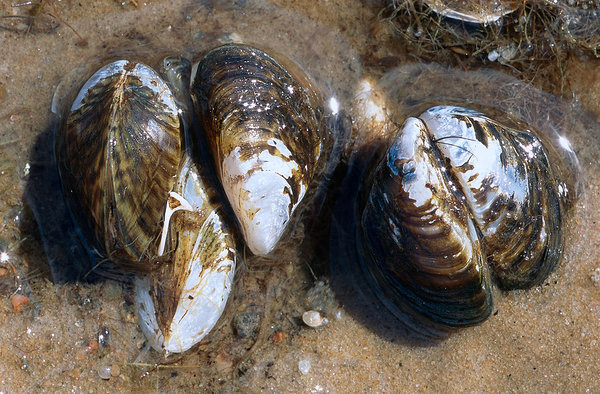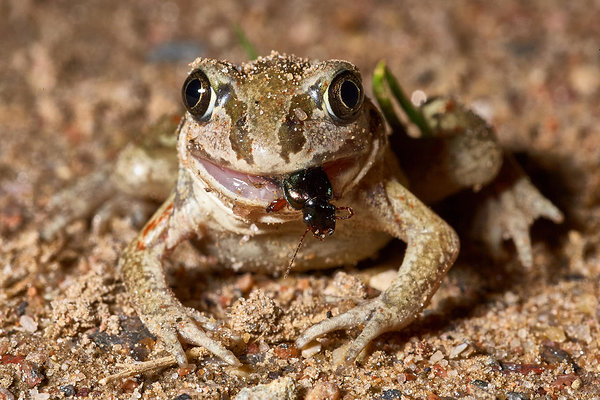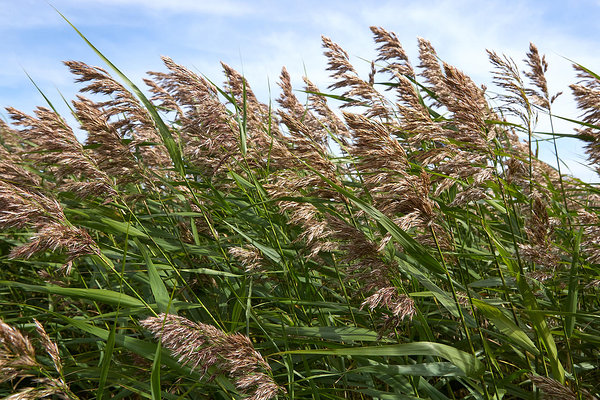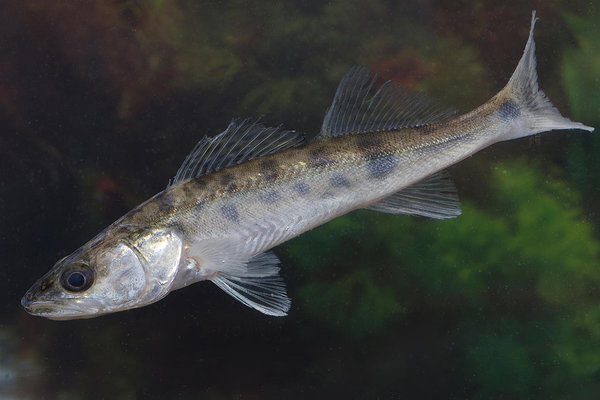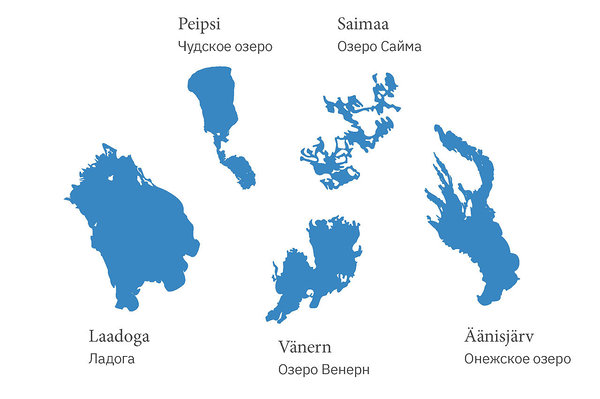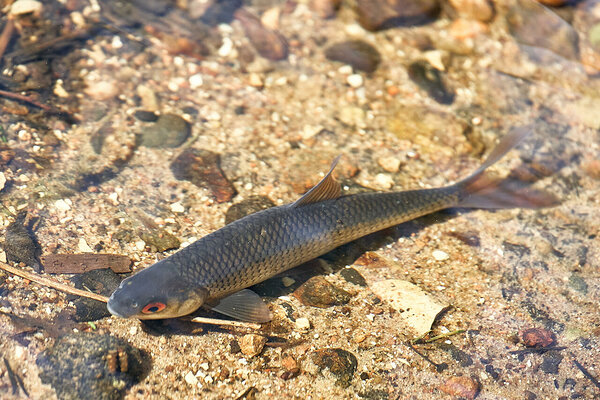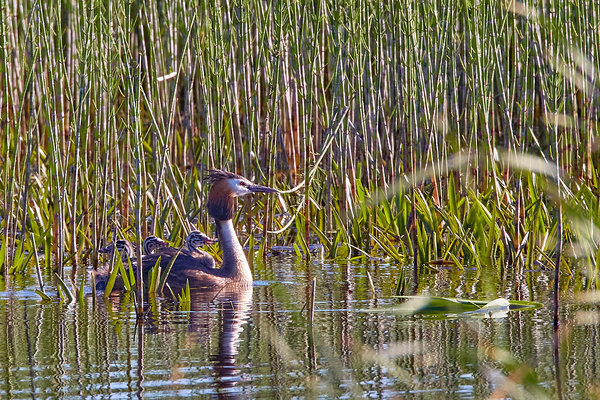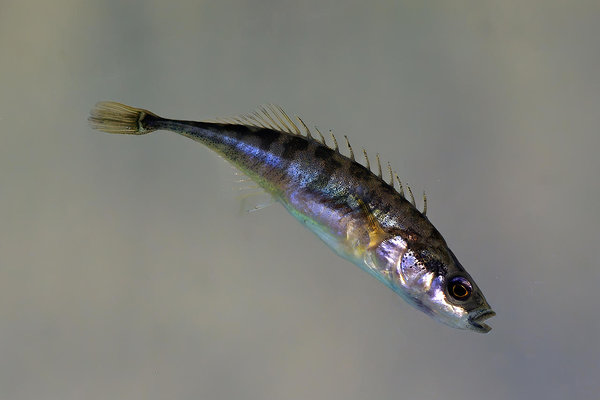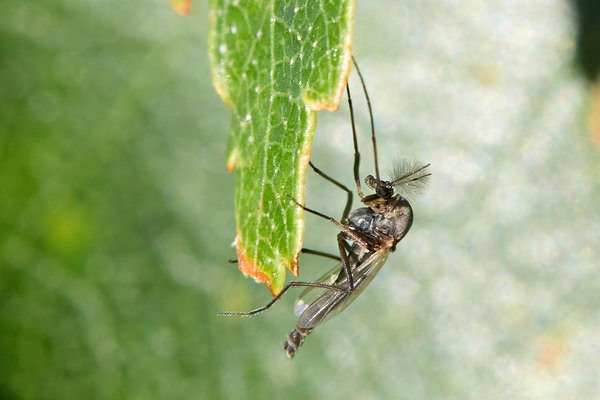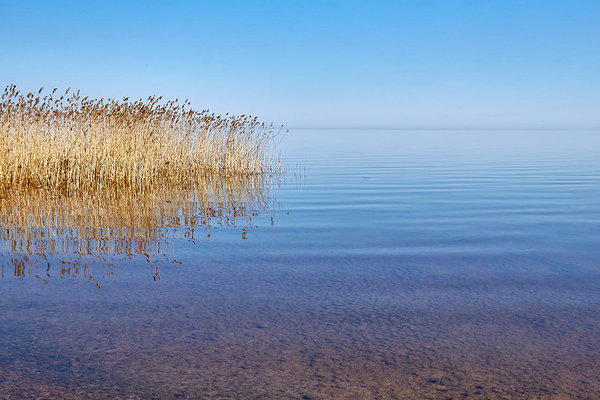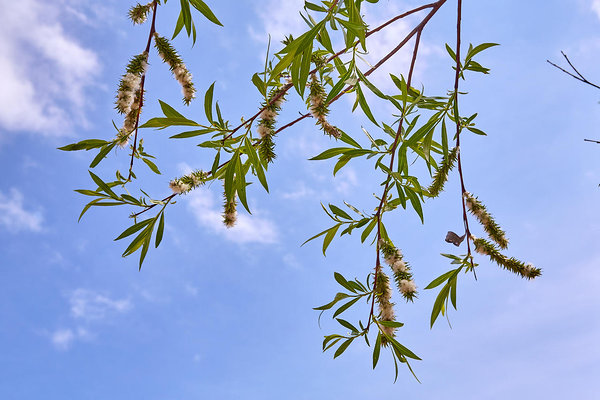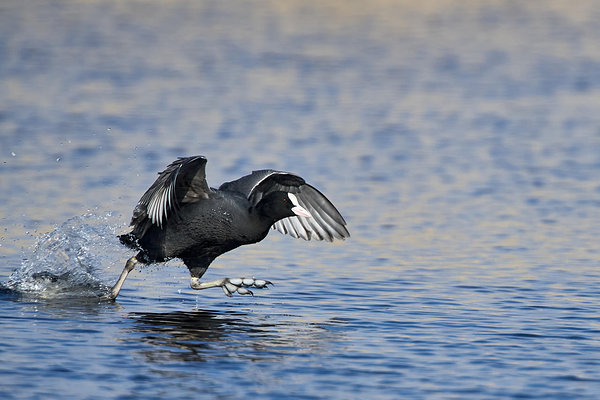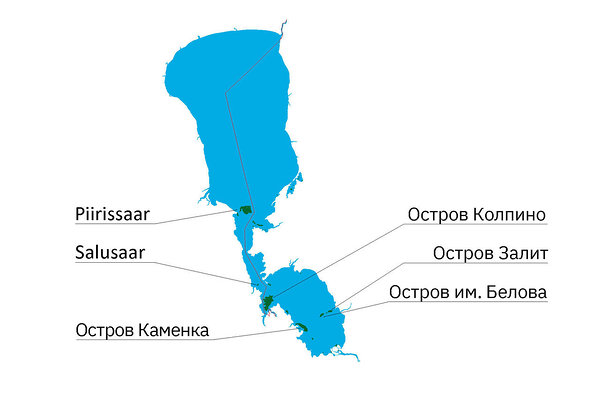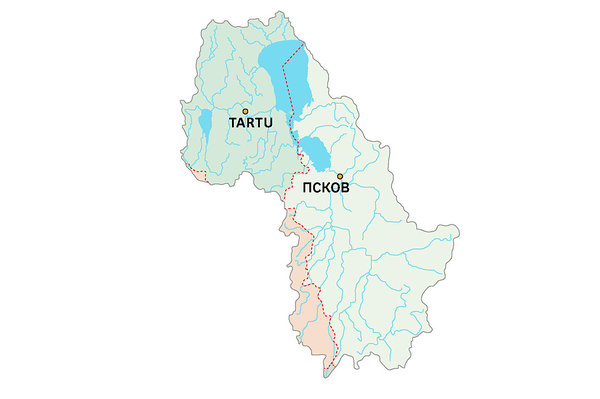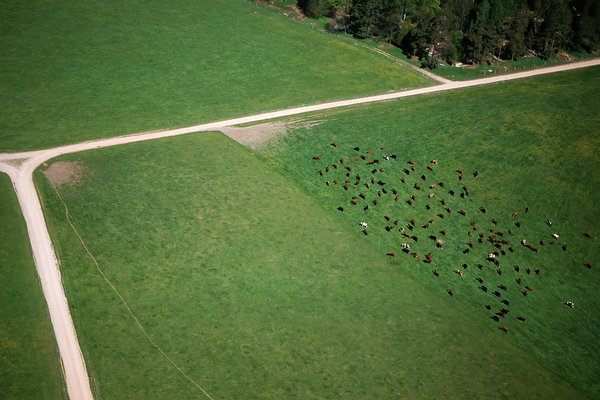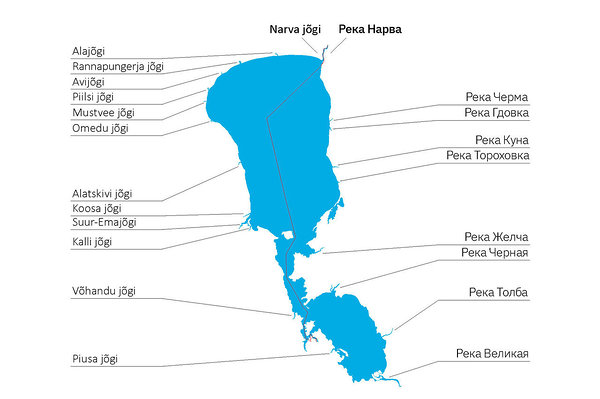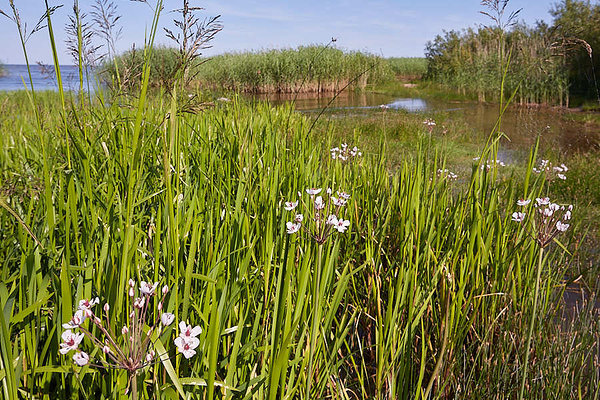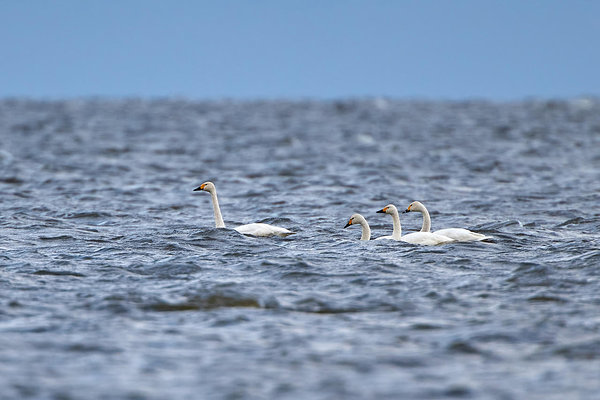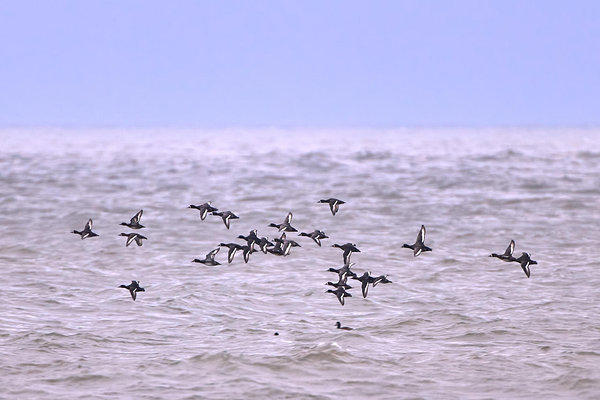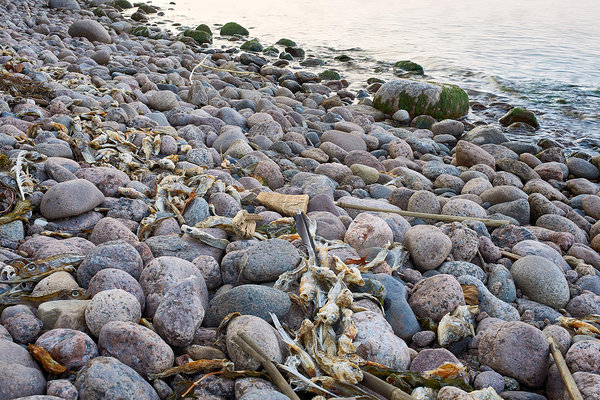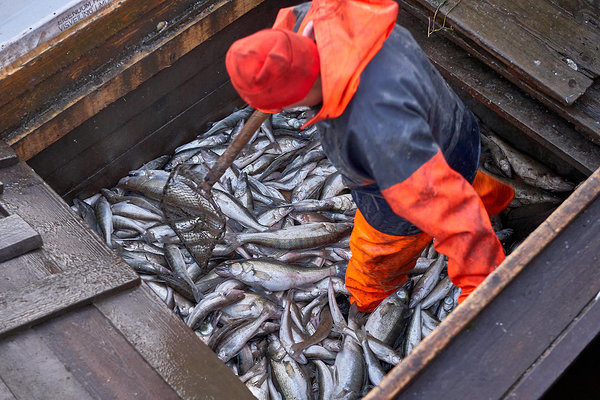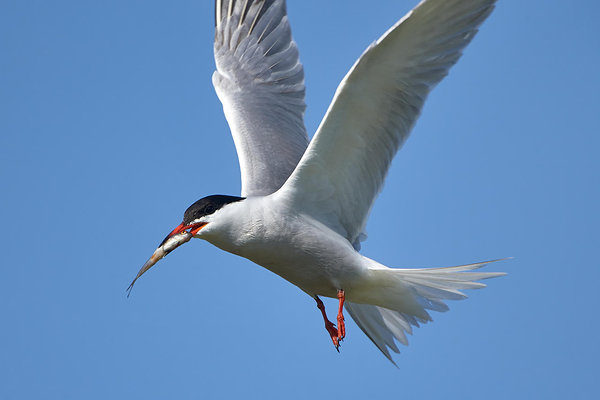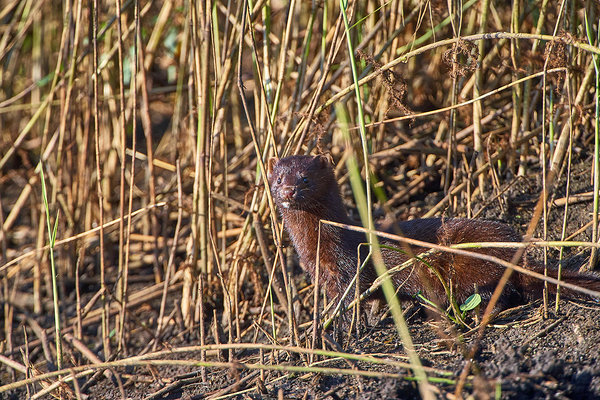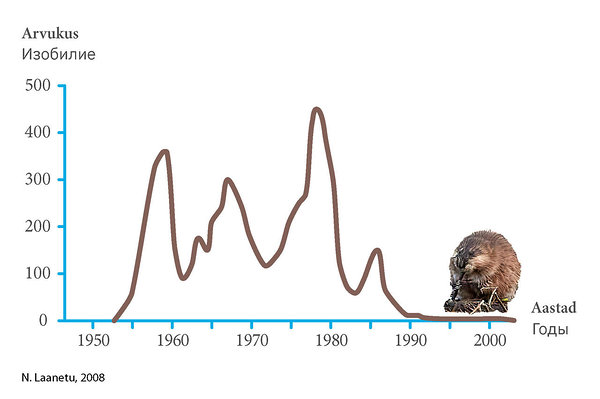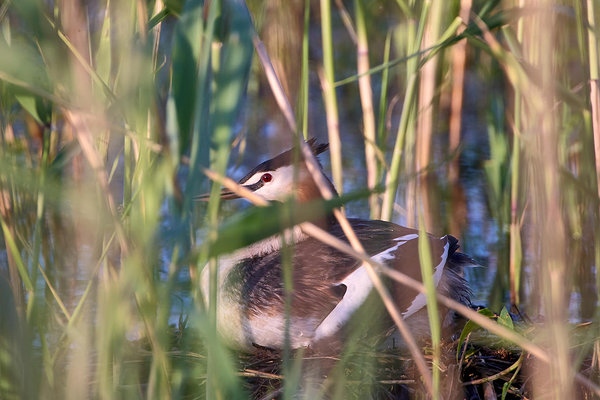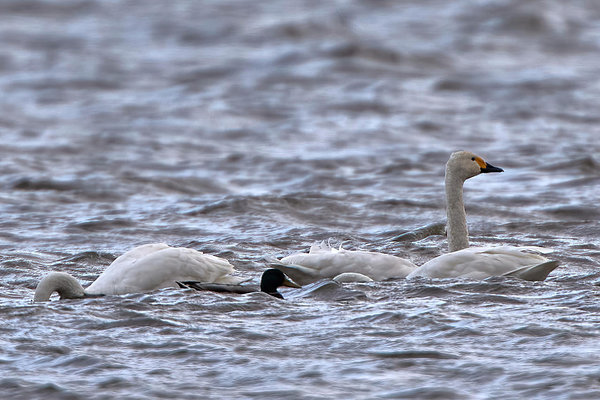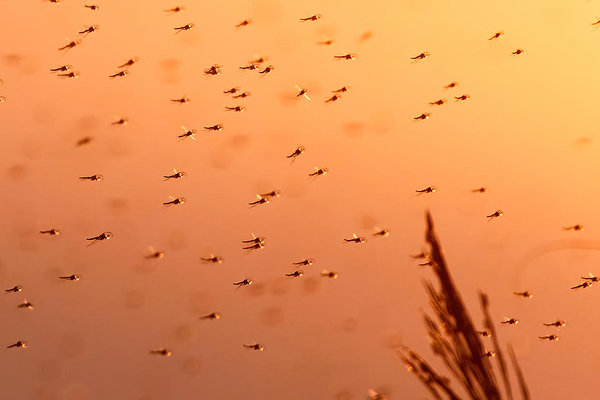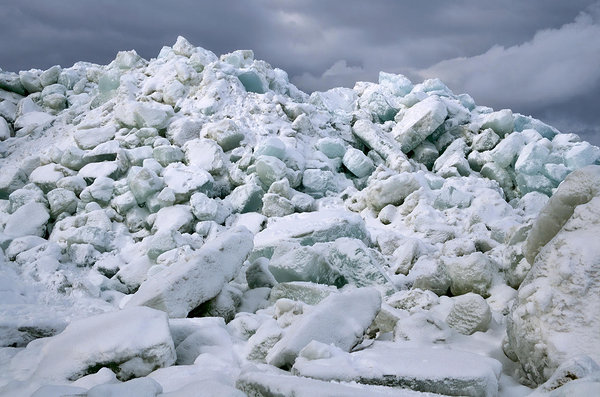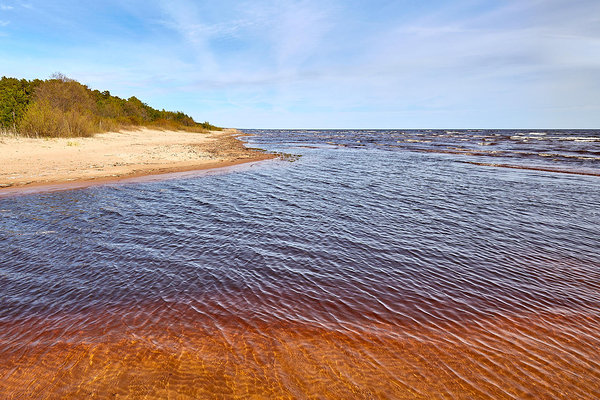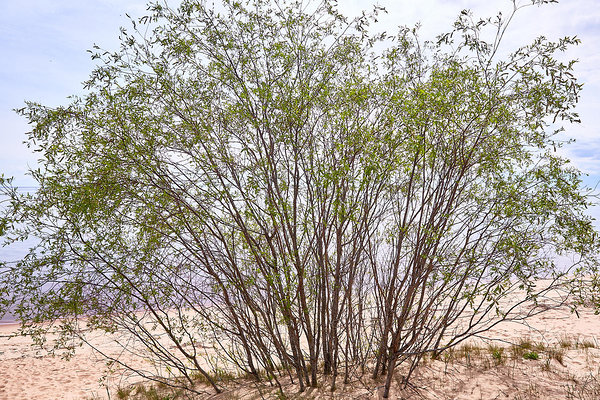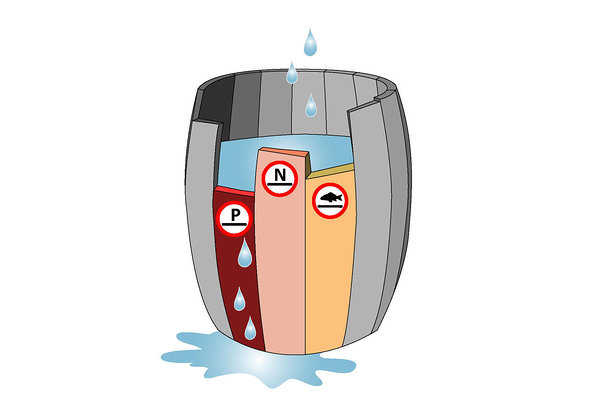GreenMind webquiz on Lake Peipsi biodiversity
Put your knowledge to the test!
If you want to improve your knowledge of the beaches of Lake Peipsi, choose STUDY QUIZ from the menu: it contains 27 questions and 27 short text explaining the biodiversity of Lake Peipsi area. The study quiz can be answered again if the answer is incorrect. If you answer correctly on your first attempt, you earn 2 points, and if you answer correctly on your second attempt you earn 1 point.
If you want to put your knowledge to the test against a friend, choose QUIZ COMPETITION from the menu: here you have to answer 27 questions in 100 seconds. You can answer each question only once. If you finish faster than that and all the answers are correct, the remaining seconds will be added as a bonus. If you run out of time, you will get points for the correct answers submitted within the 100 seconds given for answering the questions.
In the
texts, Lake Peipsi is understood as the whole Lake, which
consists of three parts Grate lake Peipsi in a narrower sense, Warm Lake (Lämmijärv), and
Lake Pskov.
The northern lapwing will cheer for a correct answer
The great reed warbler will crackle if the answer is incorrect.
The quiz was completed within the project ER101 GreenMind- Raising Environmental Awareness in Estonian-Russian Border Area”. The aim of the project is to improve and develop environmental education in South Estonia and the Pskov region of Russia.
The preparation of the quiz was financially supported by the Estonia-Russia Cross Border Cooperation Programme 2014–2020. The content of the quiz is provided by the Peipsi Center for Transboundary Cooperation and it does not in any way reflect the views of the countries participating in the Programme or the European Union.
Website of the Programme: https://www.estoniarussia.eu
More about the project: http://ctc.ee/activities-and-projects/running/greenmind
Which of the islands of Lake Peipsi is the largest?
Which of the islands of Lake Peipsi is the largest?
How many people live in the drainage basin of lake Peipsi?
How many people live in the drainage basin of lake Peipsi?
Where does most of the pollution causing eutrophication enter Lake Peipsi?
Where does most of the pollution causing eutrophication enter Lake Peipsi?
Which is the largest river flowing out of Lake Peipsi?
Which is the largest river flowing out of Lake Peipsi?
What is in the picture?
What is in the picture?
Who is in the picture?
Who is in the picture?
Who is in the picture?
Who is in the picture?
Who is in the picture?
Who is in the picture?
Which alien species living in the bottom sand of Lake Peipsi is in the picture?
Which alien species living in the bottom sand of Lake Peipsi is in the picture?
Who is in the picture (the only frog with a vertical pupil in Estonia)?
Who is in the picture (the only frog with a vertical pupil in Estonia)?
Who is the most numerous eagle species in Estonia?
Who is the most numerous eagle species in Estonia?
Which is the main shore plant in Lake Peipsi in the picture?
Which is the main shore plant in Lake Peipsi in the picture?
Which of the causes of fish die-offs is predominantly anthropogenic?
Which of the causes of fish die-offs is predominantly anthropogenic?
Which of the largest fish in Lake Peipsi is in the picture?
Which of the largest fish in Lake Peipsi is in the picture?
What makes Lake Peipsi special among these largest lakes in Europe?
What makes Lake Peipsi special among these largest lakes in Europe?
Which of these fish is the most vegetarian?
Which of these fish is the most vegetarian?
Who is this alien species living in Estonia?
Who is this alien species living in Estonia?
What endangered hamster is in the picture?
What endangered hamster is in the picture?
Who is in the picture?
Who is in the picture?
What is in the picture?
What is in the picture?
What is the smallest fish in Lake Peipsi?
What is the smallest fish in Lake Peipsi?
Who is in the picture?
Who is in the picture?
How high have been the highest icebergs on the shores of Lake Peipus?
How high have been the highest icebergs on the shores of Lake Peipus?
What is the average transparency of the water of Lake Peipus?
What is the average transparency of the water of Lake Peipus?
Which of these many is also used in folk medicine?
Which of these many is also used in folk medicine?
Who is in the picture?
Who is in the picture?
What would be of most benefit for Lake Peipus to become a clear-water, biodiverse lake?
What would be of most benefit for Lake Peipus to become a clear-water, biodiverse lake?
Lake Peipus has a total of 35 islands. In addition to these, there are small islands at the mouths of the rivers: there are about forty of them in the delta of River Velikaya.
The largest island in Lake Peipus is Kolpina (11 km²). The top three also include Piirissaar and the high-banked Kamenka
The drainage basin is the area from which the lake receives its water. The drainage basin of Lake Peipsi extents to the territory of four countries: Russia (58%), Estonia (34%), Latvia (7%) and a fragment of it remains also in the northernmost corner of Belarus.
More than a million people live in the drainage basin of Lake Peipsi, the activities of those people are more or less affected by the condition of the lake. Pollution from human activities enters the lake mainly through streams and rivers.
Lake Peipsi is most affected by nonpoint source pollution from fields, especially nitrogen pollution.
Large cities, Pskov with 200,000 inhabitants on the banks of the Velikaya, and Tartu with 100,000 inhabitants on the banks of the Emajõgi, are the most important sources of point source pollution. Efficient cleaning equipment has been of benefit in reducing pollution from both sources.
The Narva River is the only river to flow out of Lake Peipsi; it carries 12 km2 of water to the Gulf of Finland every year, which is about half of the lake’s water volume.
More than 30 rivers and more than 200 streams or ditches flow into Lake Peipsi. The condition of the lake is significantly affected by two major rivers: Velikaya and Great Emajõgi. Lake Peipsi collects its water from an extensive area of more than 47,800 square kilometres. The drainage area of the lake has two large cities: Pskov (about 200,000 inhabitants) and Tartu (about 100,000 inhabitants).
In midsummer, the flowering rush opens its beautiful inflorescences in the shallow shore water and the floodplain of Lake Peipsi. Close relatives of the flowering rush live in the tropics. The flowering rush is the only representative of its family in our lands.
The flowering rush is known as the bread of the Yakut in Siberia: its starchy roots can be used to make flour that is suitable for both making bread and making a coffee drink. However, the long-term consumption of flour made from flowering rush is not considered healthy, it is thus wise to leave the inflorescences of the flowering rush to decorate the waterline.
The most extensive and highest reed beds of the water bodies are located where the loud cracking song of the great reed warblers can be heard. Lake Lämmijärv and Lake Pskov are ideal for great reed warblers. There are also plenty of suitable habitats on the northern beaches of Lake Peips.
At the beginning of the 19th century, the coastal peoples of Lake Peipsi did not yet know the great reed warblers: this bird species arrived here later from more southern areas. The expansion of the habitat of the great reed warbler has been favoured by the enrichment of lake water with nutrients, i.e. eutrophication, which in turn has favoured the expansion of reed beds.
Steep sandstone outcrops by rivers and lakes are suitable for the natural habitat of sand martins. Therefore, it is no wonder that the beautiful Kallaste cliff is an area favoured by sand martins, where up to 2,000 pairs of martins have nested.
Sand martins dig metre-long passages into sandstone which have a slightly upward angle; this prevents rainwater from flooding the nest in the depths of the passage.
Lake Peipus is a crucial stopping place for tundra swans during their autumn migration, who nest in the Arctic tundra: up to 5,000 individuals of this rare bird species have been counted on Lake Peipus. After this migratory stop, the birds move on to wintering areas in Western Europe.
Tundra swans mostly search for food on the lowlands near the beaches of Lohusuu to Piirissaar and from Gdov to Samolva. They often associate with whooper and mute swans.
Zebra mussels with a triangular chamber are the most common representatives of the zoobenthos in Lake Peipus: their biomass here is twenty times larger than the rest of the total of about five hundred species inhabiting the bottom of the lake. It is precisely because of the abundance of zebra mussels that we see large flocks of diving ducks on the lake during the migration of birds. Even the greater scaups (in the picture) and tufted ducks sometimes form giant clusters.
The zebra mussel is an alien species for Lake Peipus. It probably arrived here attached to boats from the Caspian and Black Sea regions, moving along the Velikaya River. Due to its large number, the zebra mussel is an important purifier of the lake water.
The common spadefoot is a nocturnal animal. It spends the day having dug itself into the ground. The common spadefoot is associated with water bodies only during spawning; their smooth sound is not heard very far.
Organic farming areas are suitable habitats for the common spadefoot. It is a digger: it disappears in loosened fine soil in two-three minutes. It uses its hind legs to vertically dig itself backwards into the ground.
The marshes around Lake Lämmijärv are a dream realm for white tailed eagles and ospreys! The lake, which has plenty of fish, also has bog islands with old trees, which allow building a nest. West from Lake Lämmijärv are the marshes of the Emajõe Suursoo and east from Lake Lämmijärv are the marshes of the Remdovsky Zakaznik. A total of about 140 pairs of eagles nest in the cross-border nature reserve, 2/3 of them on the Russian side and 1/3 in Estonia.
The co-operation of Estonian and Russian eagle experts has significantly contributed to the protection of eagles. Thanks to joint action, it has been possible to stop deforestation around the eagle’s nests in the Remdovsky Zakaznik.
The common reed is the most common plant species in Lake Peipus. Its spread has been favoured by the enrichment of the lake with nutrients, i.e. eutrophication. The reed beds expanded significantly in the 1970s, spreading to the northern part of the lake.
The common reed has the strongest growth of our natural herbaceous plants, growing to a height of almost four metres in the best growing places. One of the greatest reed beds of Lake Peipus is located in Varnja, where their annual production reaches almost 50 tonnes per hectare. Large reed beds, created due to abundance of food from human activities, also help to clean up the lake: microorganisms on detritus generated by reeds send some of the nitrogen back into the air in gaseous form.
Fish die off when hot and calm weather triggers the bloom of blue-green algae. This leads the lake to have oxygen overload during the day and oxygen deprivation during the night. Excess oxygen creates the conditions for the formation of toxic ammonia in fish. Being oxygen-deprived, fish can suffocate. Both are associated with the decomposition of dead algal mass. The bloom of algae is supported by the abundance of food, which has been increased by pollution reaching the lake through rivers and streams.
The ruffe has suffered the most in the recent (in the picture) fish die-offs. In previous years, high mortality rates have also hit the Peipus smelt.
.
Today, the most important industrial fish in the Peipus is the zander. Together with the Peipus smelt, northern pike, roach, bream, common perch, and ruffe, it is one of the most numerous fish in Lake Peipus.
The zander is able to catch prey even in nutrient-rich water and poor visibility. As a predatory fish, it mostly hunts for smelt, ruffe, perch, and roach here.
The roach and the perch are the most numerous fish species in the shore area of Lake Peipus. They are followed by ruffe, the common bleak, the ide, and bream.
These fish are food for many birds: gulls, Sterna, marsh terns, and Podiceps. The picture shows a common tern with a roach in its beak.
The American mink is an alien species in Eurasia. The Estonian population of the American mink comes from fur farms in West Estonia. The American mink has also been brought to Russia as game.
The American mink populates freshwater bodies which have rich coastal vegetation. The first American minks appeared in the drainage basin of Lake Peipus in the early 1980s and in five years, all suitable habitats were occupied. The arrival of the American mink to the Lake Peipus caused a sharp decline in the numbers of another alien species of American origin, the muskrat.
The muskrat from North America was introduced to Europe as game, whose fur and meat were highly valued at the time. The species was brought to Estonia in 1947 from Russia. The animals caught from Lake Ladoga were released in Vooremaa and in just ten years, the muskrat was a common animal in the coastal areas of Lake Peipus.
The numbers of muskrat declined sharply in the 1980s as another North American species, the American mink, reached its habitat. This figure shows the number of muskrats Värska bay from 1950 to 2000. In recent times, this rodent can again be found on the shores of Lake Peipus.
Great crested grebes build a floating nest in the water, they anchor it to beach vegetation. For this reason, we notice them operating in the vicinity of reed beds, bulrush beds, and equisetum beds.
Both birds take care of their offspring. The tiny chicks with striped feathers love to ride on their parents, settling themselves comfortably between their wings. They can stay on even while the parent bird is diving.
Reed and claspingleaf pondweed are the most common plants of Lake Peipus. Pondweed is far less known because it grows under water.
Pondweed plays an important role in the lake biome: it is food for insects, non-predatory fish and ducks, geese, and swans which dive for food. In autumn, about 50 thousand ducks, geese, and swans will feed on claspingleaf, among which there are up to 5,000 tundra swans in need of special protection.
Small ninespine sticklebacks rarely grow longer than 6 centimetres and they weigh only up to 3 grams. In addition to predatory fish, the birds in shallow water are also happy to hunt ninespine sticklebacks, such birds include common greenshanks during their migratory stops (see photo).
The tiny ninespine stickleback can sometimes surprise with its diverse habitats: it has even been found in a borehole.
The Chironomidae are the most species-rich, widespread, and most influential group in terms of biomass in the zoobenthos of Lake Peipus. Most of their lives pass as larvae and pupae at the bottom of the body of water. They are an important food source for fish.
The imago of a buzzer midge leaving the water only lives from a few hours to a few days. They do not eat at all. During their short terrestrial lives, the male midges go on a mating flight and the female midges lay eggs. Swarms of buzzer midges can be huge; the swarming brings about a high-pitched buzz.
Extraordinarily high icebergs were seen on Lake Peipus on few occasions in the last century. For example, in 1941 it was possible to step directly on to the roof of the Nina lighthouse (height 11 m) from an iceberg. Also in 2002, tall piles of ice, as high as a house, were seen in the vicinity of the Nina village.
Slightly smaller piles of ice often appear on the shores of Lake Peipus. This photo, taken in 1999, shows an approximately 8-metre-high pile of ice.
Piles of ice design the coastal landscapes of Lake Peipus.
The transparency of the water of Lake Peipus fluctuates from 0.6 m to 2.6 m during the ice-free period. The water is most turbid in Lake Pskov and most transparent in the northern part of Lake Peipus – Lake Suurjärv.
The transparency of water is significantly reduced by the bloom of plant plankton. However, it may also be reduced by the high content of humic substances in the water. The latter can be observed at the mouth of rivers that bring water from bogs (the photo shows the mouth of the Rannapungerja River).
Sharp-leaf willows are extremely undemanding to the soil. They do not mind growing on the sandy shores of lakes and rivers, where they anchor to sand dunes: the side roots of sharp-leaf willows can reach up to 20 metres in length!
This willow species is one of the earliest bloomers among out trees and shrubs, offering eye pleasure, pollen and nectar as early as in early spring. Due to its beautiful catkins and delicate lithe branches, it is also a valued garden plant.
Coots are inhabitants of the vegetation-rich coastal zone. There are plenty of suitable habitats on Lake Lämmijärv and Lake Pskov.
At first glance, coots may resemble ducks, they belong to Gruiformes, however. The coots do not have duck-like floating palmates, instead they have labates, which help them to swim, dive and run: with the help of their wings, the coots can even run along the surface of the water!
The summer water blooms of Lake Peipus and the associated fish kill are primarily due to the high levels of phosphorus in the lake water. At the same time, it would be sensible to protect large predatory fish against overfishing, these fish limit the bloom of plant plankton through food chains.
The entry of nitrogen into the lake water, which was a problem in the past, has been reduced with the use of environmental protection measures; unlike phosphorus, nitrogen is also released in gaseous form by microorganisms.
The biodiversity of the lake should be maintained as an insurance policy, a biodiverse ecosystem is a more sustainable ecosystem.
